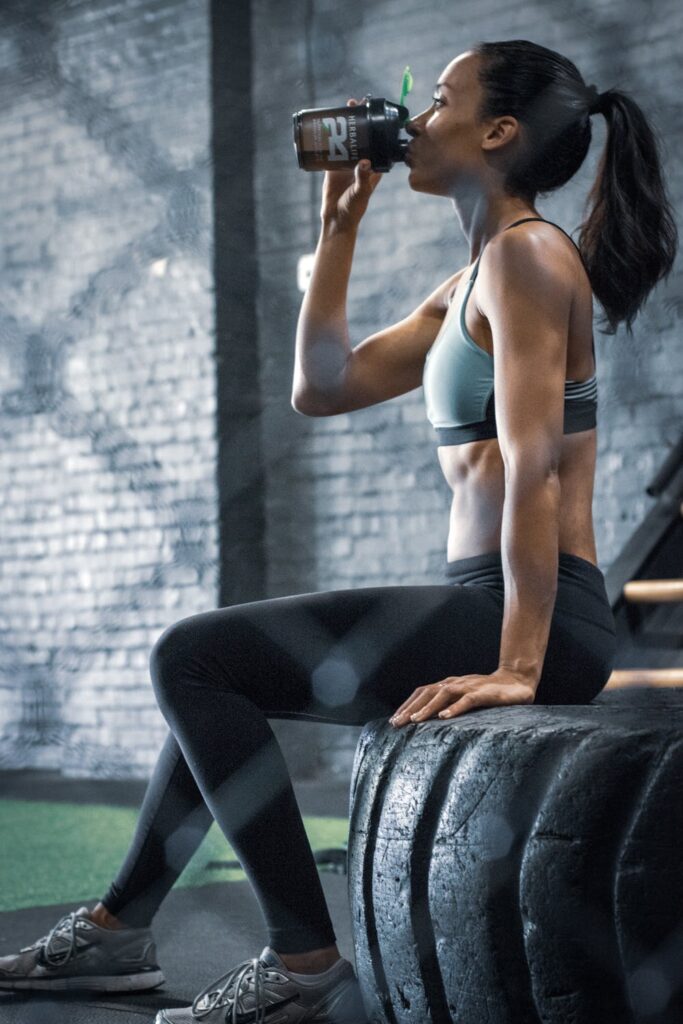Explanation for Why You Seem to Be Failing at Your Sport

1. Suffering from female or male athletic triad can be a serious condition that is first recognizable by failing at your normal work outs. Working out is important, being nutritionally and physically supervised with a bit of medical provider input can be critically important.
2. Check in with your body. Although you may be failing in the gym for all the standard reasons: really haven’t been there, really haven’t eaten well, really haven’t stopped smoking, really haven’t stopped over indulgences of all sorts… there is a syndrome, known as the athlete triad you may be suffering from. It was once thought to only occur in women, and specifically it was called the female athlete triad, and it was defined by menstrual cycle disruption in athletes who also had very low body mass and low energy. Since 1992 the American College of Sports Medicine as “energy deficiency with or without disordered eating, menstrual disturbances and amenorrhea, and bone loss and osteoporosis.”
3. This is what causes the female athletic triad. The female athlete triad was more often triggered by eating disorders than any other cause, including over training. The consequences of female athlete triad are effects on both bone and heart.
4. Experts now recognize a male athletic triad, that is of similar nature. In an article in Medscape in January 2018 they point out that this likely also occurs in men although it’s not yet been formally named or described. The American College of Sports Medicine plans to convene a panel at its annual meeting next year in Minneapolis to take on that task. “It’s likely the term ‘male athlete triad’ will be used,” says Mary Jane De Souza, PhD, a professor of kinesiology and physiology at the Pennsylvania State University in University Park.
5. Low weight, low fat mass, and too low a muscle mass may be the cause of athletic triad syndrome. Weight and muscle mass alone won’t necessarily define this. Adolescent females and young women with the Triad may be of normal or low weight. In one study only 28 percent of adolescent female athletes with the triad were of low weight (percent ideal body weight less than 90th percentile), whereas the rest were normal weight.
6. Nutritional plans that are right for your training might be protective. Eating doesn’t always account for the hormonal disturbances of these conditions. In a study of elite Danish and Swedish athletes in weight-sensitive endurance sports (eg, middle- and long-distance running, triathlon, and orienteering) there was no significant difference in food records, although there was a tend to poor performance if too little fat was in their diet.
7. The unified concept that all athletes, regardless of gender get this should be joined in a single medical name. The new name may be Relative Energy Deficiency Syndrome. Should this Athletic triad split into a male and female description? If they don’t they may want to rename the whole condition. In the Medscape article they refer to the new name should be the RED-S syndrome Dr. Margo Mountjoy, MD, PhD, an associate professor of family medicine at McMaster University in Hamilton, Ontario, Canada. ” She voiced this opinion in a Dr Mountjoy 2014 consensus statement by the International Olympic Committee, also arguing that many endocrine systems are affected in this condition.
8. Hormone balance can be important as well. What is important for men right now is to make sure they keep up nutrition and hormonal balance. Too low weight can lower bone density, particularly in the lower spine of male runners, cyclist, and jockeys. This can be tested with DXA testing. This may be due to training effects on their testosterone levels. However, good news for guys is that their bones are thicker and thus they aren’t as likely to actually sustain fractures or bone disease from heavy endurance training.
Call for appointment 217-356-3736
